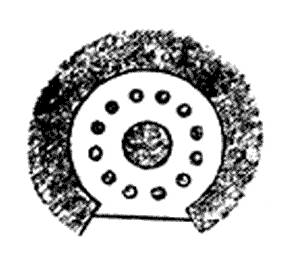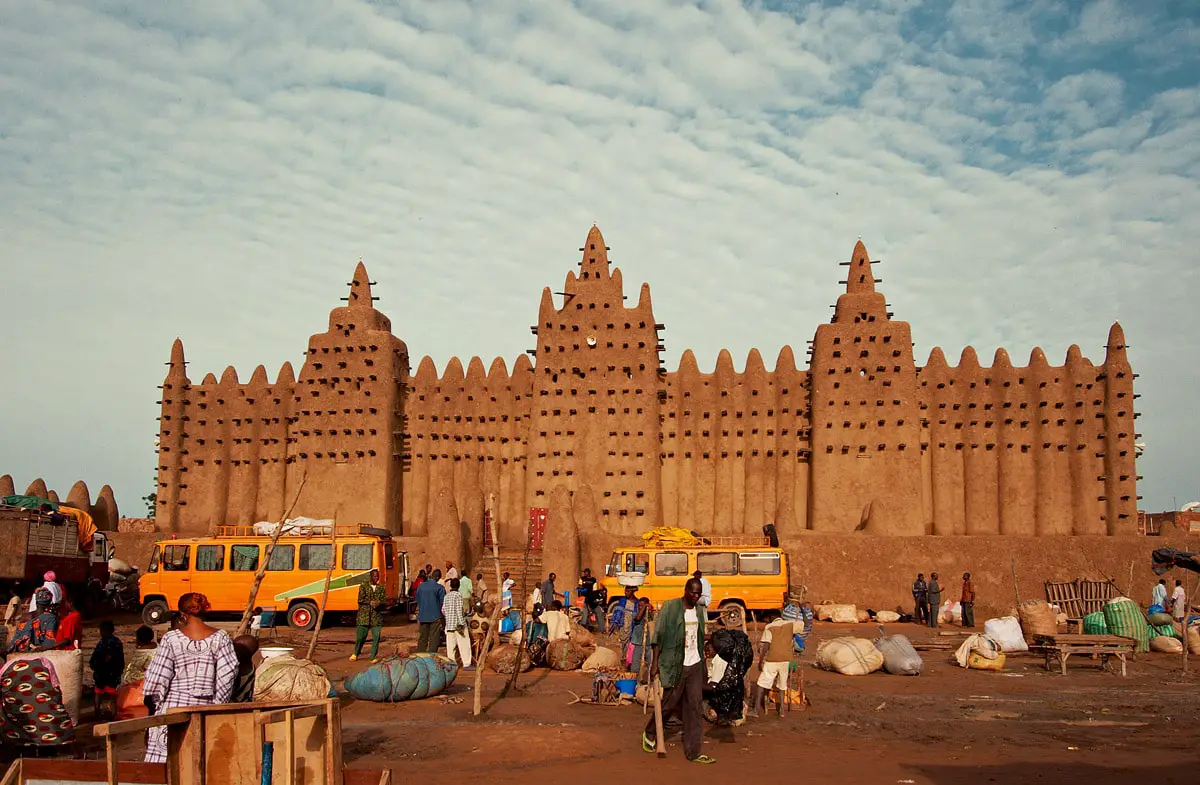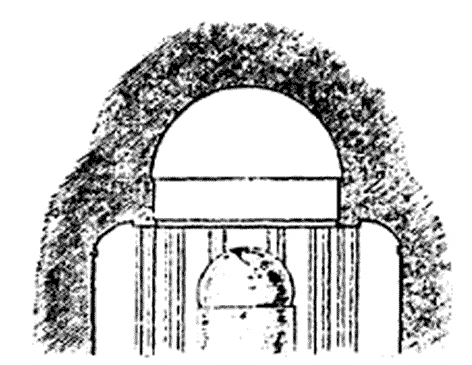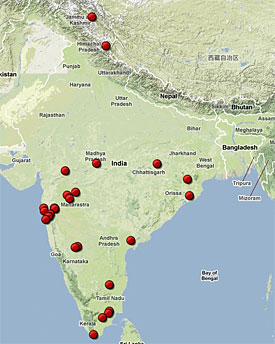World 🢖 Asia 🢖 India 🢖 Maharashtra
Buddhist shrines 🢔 Religious architecture 🢔 Archaeological wonders 🢔 Categories of wonders
Wonder
Tulja Lena, Junnar

 In short
In short
There are more than 200 ancient rock-cut temples in area around Junnar. Four main groups of these temples are Tuljalena Caves to the west, Shivneri Caves to the south-west, Manmod Caves to the south-east, and Lenyadri Caves to the north.
 44.8%
44.8%
GPS coordinates
Location, address
Alternate names
Age
Religion
Map of the site
If you see this after your page is loaded completely, leafletJS files are missing.
 In detail
In detail
11 caves of Tuljabai hill
Junnar was an important trade center in the 1st century AD – this town was located on a trade route leading from Satavahana capital Paithan to the rich ports at the Arabian Sea. The route was busy transporting carnelian and textiles to the Middle East and Roman Empire, the path was often traveled also by ancient Greek and Middle East traders.
Buddhism was spread by merchants and some of the first Buddhist monasteries were established along the trade routes.
A group of 11 man-made caves was constructed also at the eastern wall of Tuljabai Hill (later named). These are dwellings for Buddhist monks (viharas) with unusual round shrine – chaitya. Caves were hewn in the 1st – 3rd century AD – thus they are approximately 2000 years old. Additional values preserved up to this day are remnants of ancient paintings in the shrine – Cave 2 and the unusual architecture of this cave.
The present name of the hill stems from caves themselves – in Cave 3 there is a comparatively recent sculpture of Hindu goddess Tulja.
Caves are located in a compact group on the eastern side of the hill and are facing east-north-east. Caves are numbered from south to north.
Description of caves
- Cave 1 – vihara, consists of main hall and five cells. Front part has collapsed. Two cells are in the left wall of hall, one in the right wall and two in the rear wall.
- Cave 2 – very unusual chapel – round in plan and domed. It consists of round room with shrine – dagoba – in the centre. Diameter of this cave is 7.7 m, plinth – 1.3 m high and dome additionaly 1.6 m high – thus the height of cave reaches 2.9 – 3 m. Shrine is surrounded by 12 octagonal pillars some 1.2 m from dagoba.
Pillars contain traces of paintings – once they were lavishly covered with bright drawings. In fact, the whole cave was painted – patches of color still are visible on the aisle roof and lower circle of the dome. - Cave 3 – small vihara. It had the following parts – open verandah, cell to the right, middle room, and two cells in the rear wall of the middle room.
This cave has been turned into a shrine of Hindu goddess Tulja. Two cells in the rear part have been united into one room. This room now contains some 0.9 m high figure of goddess – she has eight hands and is riding a lion. - Cave 4 – row of three cells. Walls diving these cells alter have been blown up by gunpowder.
- Cave 5 – small cell with narrow passage leding to it.
- Cave 6 – two cells divided by a wall.
- Cave 7 – partly united with Cave 6. Entrance is adorned with horse-shoe arch and ornamentation. Front wall and left wall have collapsed.Contains relief sculptures of people coming to shrine and some mythical beings.
- Cave 8 – two cells divided by a wall.
- Cave 9 – vihara, contains two cells, each with horseshoe arch over the entrance.
- Cave 10 – dining hall (bhojanamandapa), without a front wall. Right wall contains cell, at the front – several cisterns.
- Cave 11 – some 15 m from other caves. Consists of passage and a cell in the left wall of passage.
References
- Junnar, Maharashtra Gazetteers Department, accessed on May 30, 2010.
- Lenyadri Group of Caves, Junnar, Archaeological Survey of India, accessed on May 30, 2010.
Tulja Lena, Junnar is included in the following article:
 Linked articles
Linked articles

Wonders of India
India is the seventh-largest country in the world by area, and, naturally, such a large area contains a huge amount of exciting attractions…
Wondermondo considers that India is the second richest center of architectural heritage in the world after Europe and maybe no single country in the world can match it in this respect.

Buddhist shrines
Buddhism is one of the world religions and at the same time is a spiritual philosophy with diverse traditions, beliefs, and practices. There exists a rich tradition of architecture expressed in Buddhist temples and monasteries.

Religious architecture
Since ancient times human talents and skills have been expressed in religious architecture and arts, and traditions and rituals have evolved around pilgrimage sites. Religious buildings represent a major part of the highest achievements in architecture and crafts.
 Recommended books
Recommended books
India Unveiled: Spirit, Tradition, People
This is the one book you need to understand the spirit of India. Internationally acclaimed as the best book of its type on India, this sixth expanded, revised edition of the multi-award-winning book India Unveiled: Spirit, Tradition, People by Robert Arnett truly reveals the diversity and sacredness of the oldest continuously living civilization on earth.
India: A Sacred Geography
A spiritual history of the world’s most religiously complex and diverse society, from one of Harvard’s most respected scholars.




